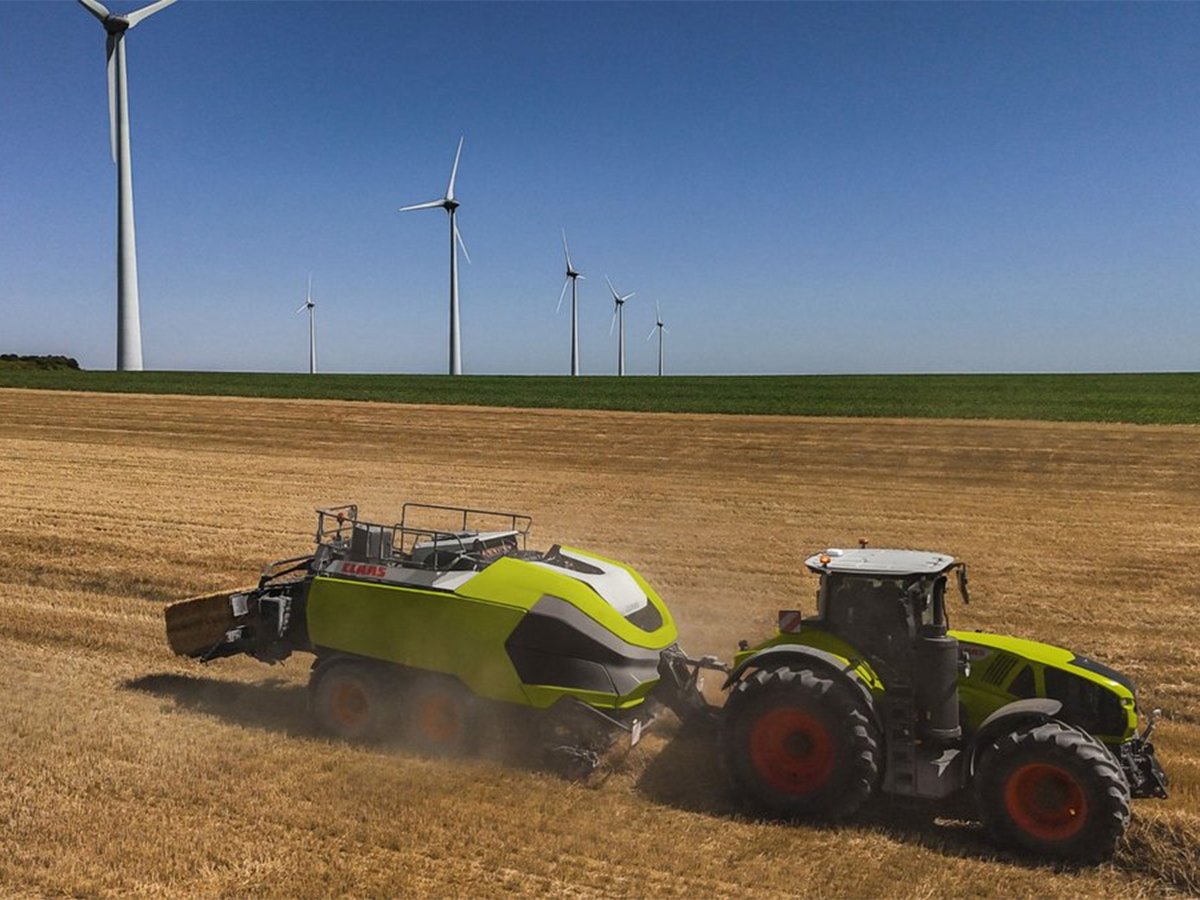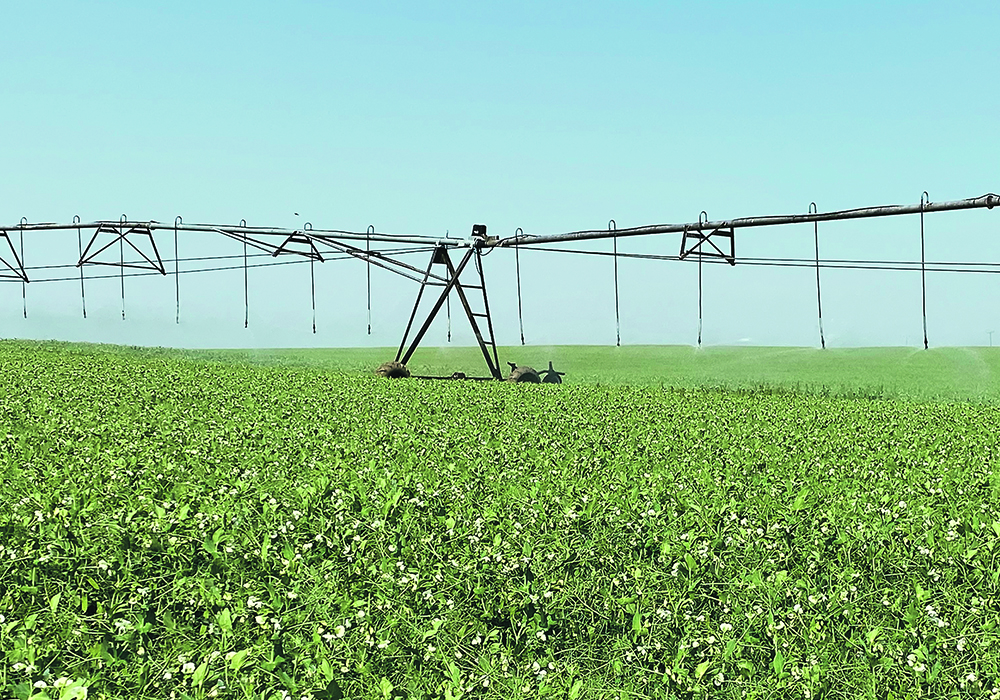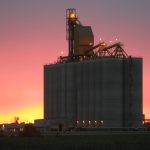Saskatchewan Irrigation Projects Association and Irrigation Crop Diversification Corp. see benefits but remain cautious
A plan to merge the producer and research arms of irrigation in Saskatchewan is still unclear.
Two organizations, Saskatchewan Irrigation Projects Association and Irrigation Crop Diversification Corp., have talked for years about amalgamating.
Last year, they used funding from the province’s Industry Organization Development Program to hire a consultant.
At the recent annual irrigation conference, the organizations told members that the study found no problems moving to one organization but didn’t provide a roadmap for how to do it.
SIPA chair Aaron Gray said placing the two organizations under one umbrella makes sense for a lot of reasons, such as reducing board overlap, but they want to make sure each is still effective.
Read Also

Machinery automation runs through 2025 Agritechnica innovation awards
Computer vision and AI processing for farm machinery show up many times in Agritechnica’s 2025 innovation award winners.
Some are concerned that any disagreement over policy could mean lost funding. ICDC is a non-profit corporation established under provincial legislation.
But Gray pointed out that many people likely don’t know the difference between ICDC and SIPA.
“It looks like we’re together in every way except for our separate boards,” he said.
Each board will have to vote on whether to amalgamate or not.
Gerry Gross, a retired irrigation agrologist who worked for the province and was instrumental in the establishment in 1996 of both organizations, said merging could be a good idea administratively.
But he offered members a history lesson as he urged them to be cautious.
“Politics plays a role in everything you do,” he said. “The (Gardiner) dam didn’t get built until a Conservative (federal) government came in and Diefenbaker built the dam, and then it turned out that the (provincial) Liberals under Ross Thatcher forced irrigation on people, which created a tremendous amount of opposition, and it caused the drylanders’ association to organize around Outlook because people were getting their land cut up in parcels or cut up and forced to irrigate.”
He said “emigrate or irrigate” became a philosophy in the region. Irrigation began slowly and precariously because of the situation.
When the provincial government changed to the NDP, a new policy stopped the requirement to irrigate.
“That dissipated the problems with even trying to survey land in the Outlook area,” Gross said. “So right from the beginning it was politics. The Conservatives built it, the Liberals tried to put it in, the NDP watered it down.”
He observed that even the name of the Outlook irrigation research centre has changed over time to reflect what different governments wanted. It began in 1949 as a Prairie Farm Rehabilitation Administration pre-development farm before irrigation started and then became a demonstration farm.
Grant Devine’s Progressive Conservative administration in 1982 began a push to irrigate more and recognized the need for research and development. Governments and universities began using the site, but the government wanted farmers to direct research to better suit their needs. And, they wanted to have enough irrigation to attract industry.
It became the Saskatchewan Irrigation Development Centre.
When the NDP again came to power in 1991, it focused on diversification. The initiation of Spudco and the construction of potato storage facilities followed, and the name of the centre changed again to the Saskatchewan Irrigation Diversification Centre.
Gross said the federal government wanted its name included and so it became the Canada-Saskatchewan Irrigation Diversification Centre.
More recently, the Saskatchewan Party government decided to divest of the irrigation works and turn them over to farmers, a move that contradicts the original intent of Lake Diefenbaker’s creation for societal benefit, he said.
And, it announced the intention to greatly expand irrigation from the lake.
Gross said SIPA can play an important role when people think the investment is only for a few hundred farmers.
“You know, and the government knows, it’s economic development (for) the country,” he said.
Gross added that when SIPA and ICDC were formed the idea was to have a political hammer and the irrigation program. He said amalgamating can be done but carefully.
“I just caution you that you’re only good to the government if you’re seen as representing the farmers not the government,” he said.
“Never lose the ability to say to the government, ‘I don’t think so,’ or to the public that looks at us as getting all this funding, ‘I don’t think so, this is what we’re doing as irrigation farmers.’ We need that strong voice.”
Gray said the current government wants the amalgamation, but irrigators do want to be careful as they set up.
One irrigator said he thought it could work but also expressed concern.
“If we ever run into a situation where SIPA is in a position that they have to speak truth to power and power doesn’t like the truth, the danger of jeopardizing funding could be there,” he said.
Outgoing ICDC chair Anthony Eliason said the joint organization would still have to fill the ICDC mandate under the Irrigation Act. He said most of the direct government funding ICDC receives is levies collected by the government from non-members in irrigation districts. Private research and custom plots account for a large chunk of revenue.
Victor Krahns from the Moon Lake irrigation district said he had “walked this walk” in another organization and said government will adapt to what the irrigators decide to do. He encouraged members to trust that irrigation may evolve differently but it’s not going back if a government changes.
“Every time a government changes you need to retell that story right from the bottom,” he said. “They may have been briefed but they need to hear the story in their hearts, not in their head. And you, this group, has done a very, very fine job of telling that story in the last six to eight years that I recall it.”
Baildon irrigation district member Julie-Anne Howe said she thinks one organization would do a better job of conveying a message to non- or potential irrigators.
She likened it to the Canadian Cattlemen’s Association and the many organizations under the umbrella name.
“I feel quite strongly that we can elevate the brand of irrigation Saskatchewan,” she said.
















